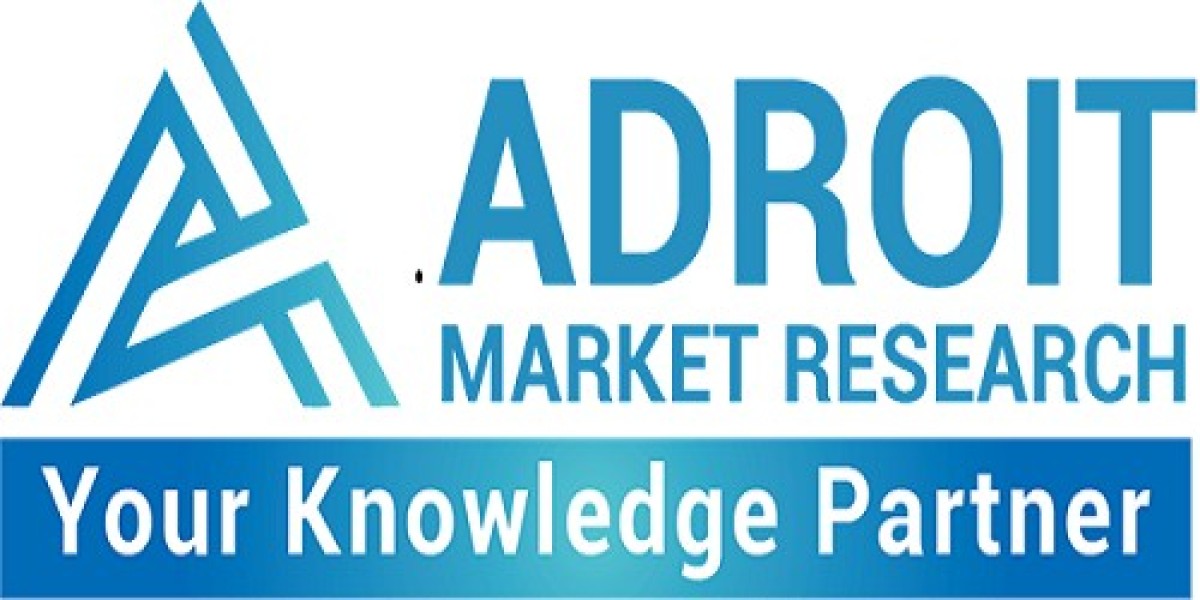The global in vitro toxicology testing market is set to experience significant growth, with the market projected to reach USD 18.6 billion by 2027 from USD 11.2 billion in 2022, growing at a CAGR of 10.8%. The key drivers of this growth include increasing RD expenditure to detect toxicity at an early stage during drug development, as well as the pharmaceutical and cosmetics industries' increasing focus on using in vitro methods. This market is highly competitive, with key players such as Thermo Fisher Scientific, Merck KGaA, and Laboratory Corporation of America Holdings focusing on increasing their presence in high-growth markets through organic and inorganic growth strategies.
Thermo Fisher Scientific is a leading player in the in vitro toxicology testing market, providing laboratory equipment, analytical instruments, consumables, services, and reagents. With a strong global sales and distribution network, the company operates from the Life Science Business segment in the in vitro toxicity testing market.
Merck KGaA is another leading science and technology company with a strong global presence in more than 120 countries, operating from the life science segment in the in vitro toxicology market. The company focuses on geographical expansions to increase its customer base.
In vitro toxicology testing is crucial in drug discovery and development, as it assesses the safety of potential new drugs and determines safe dose levels. This testing is conducted using cell culture, animal models, and computer models to evaluate potential toxicity. In vitro tests can reduce the number of animal studies needed to evaluate drug safety, as well as reduce the costs associated with drug development.
Toxicity profiling, including tests such as Ames tests, mammalian cell culture tests, cytotoxicity testing, cell-based assays, and genotoxicity assays, can be used to determine the potential toxicity of a new drug or chemical compound to assess its safety for human use or environmental exposure. In vitro carcinogenicity testing is conducted using cell cultures to determine if a substance has the potential to cause cancer. Genotoxicity tests, such as the Ames test, the micronucleus test, and the comet assay, can provide valuable information about a substance's potential to damage genetic material.
The market is geographically divided into North America, Europe, Asia-Pacific, South America, and the Middle East Africa, with the APAC market projected to register the highest growth during the forecast period. Opposition to animal testing is also resulting in the use of alternate methods.
Related Links:
https://www.marketsandmarkets.com/Market-Reports/in-vitro-toxicology-testing-market-209577065.html
https://www.marketsandmarkets.com/ResearchInsight/in-vitro-toxicology-testing-market.asp
https://www.prnewswire.co.uk/news-releases/in-vitro-toxicology-testing-market-worth-18-6-billion-by-2027-exclusive-report-by-marketsandmarkets-tm--867340077.html
https://www.globenewswire.com/news-release/2022/11/11/2554094/0/en/In-Vitro-Toxicology-Testing-Market-to-Hit-18-6-billion-by-2027-Exclusive-Report-by-MarketsandMarkets.html



